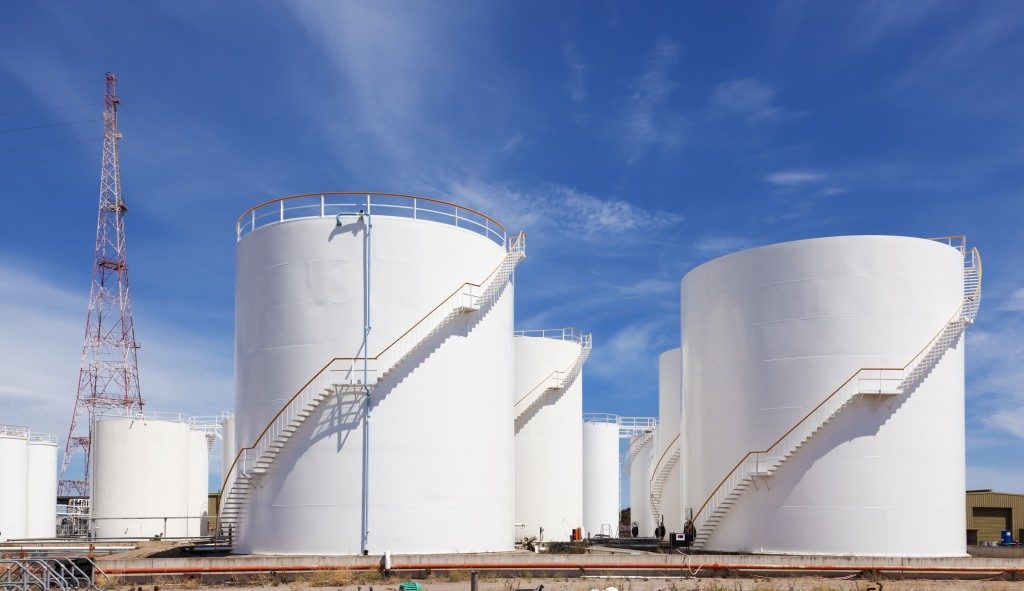The fuel and oil industry is one of the most lucrative sectors, which is why a lot you’d see a lot of large fuel storage tanks all over the country. However a prevalent issue with this industry is spillage, and fuel storage leaks and spills are not only commonplace but also quite costly. There’s the issue of hindered productivity, losing income, paying for repairs, and having bad publicity.
Fuel storage tanks require regular inspection, for example, aboveground storage tanks (ASTs) are required to pass the standard API 653 tank inspection which should be done every five years. But when it comes to preventing leaks and spills, one can’t be too careful. So let’s take a look at ways you can prevent a spill, leaks, and even contamination in your fuel tanks:
Be Wary of Common Problems and Causes
Poor Tank Design. The materials and design of the tank is a major contributor to whether or not the storage tank has a higher or lower risk of spills and leaks. Using the wrong materials or utilizing incorrect shapes for the tank could lead to structural failure which would result in leaks or even implosions.
Corrosion. The major cause of leaks and spills are corrosions due to the materials stored inside that are often corrosive and abrasive by nature, and would decay the tank over time if not properly maintained. It’s worth noting that not only tanks could be victims of corrosion, but also pipes.
Pressure and Temperature changes. Rapid changes in pressure and temperature can cause failure and perhaps even tanks imploding.
Human Error. Operators could make mistakes such as overfilling the tanks, failing to inspect or maintain the tank, or overlooking potential leaks and failures. These errors would either directly cause or contribute to the spills, as such, proper training and supervision should be a priority.
Dispensing Issues. The leaks or spills could sometimes be caused by faulty equipment during dispensing (such as nozzles and valves).
Precautionary Measures

Routinely check for corrosion and other problems. Corrosion, as mentioned earlier, is the major cause of leaks and spills. So it should be a part of routine inspection to check for signs of corrosions or other vulnerabilities (such as structural issues). Although a tank may have had passed the regular API 653 tank inspection, it would still be a priority to perform regular checks, especially on foundations, coatings, piping systems.
Corrosion Protection. Investing in corrosion protection goes a long way. There are options such as PVC lining, or having a secondary containment area in case the first layer corrodes and spills.
Consider the Location. If you’re planning on adding more tanks, make sure that it’s away from sources of water. This would lessen the impact of any spills, as well as making cleanup in case of spills a lot easier.
So keep these considerations in mind, and make sure that your fuel tanks are as spill and leak-proof as possible, and prevent any cost to your company — both financially and in its reputation. Be aware of the common problems and take the necessary measures to avoid them. Prevention is better (and cheaper) than cure, after all.

